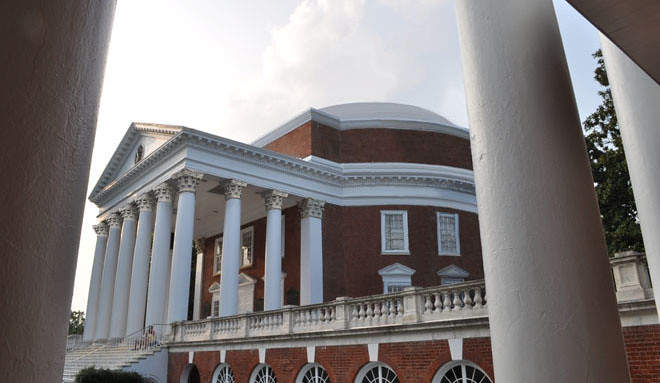
Thomas Jefferson, author of the United States Declaration of Independence, designed the University of Virginia library in Charlottesville, along with much of the campus which still stands today. Jefferson laid out the college campus in 1819 inventively as a configuration of Academical Villages.
Each region of study received its own distinct pavilion in a Greek style courtyard, with inward facing living quarters and grand colonnades. The Lawn acts as a main axis that leads each quadrant to the central library. It rises gradually in altitude to reinforce the effect of hierarchy. The rotunda's prominent central position and likeness to ancient holy temples, he Roman Pantheon, marks an unquestionable new kind of academic style that introduces religious piety to the search for knowledge. Its counterpoint and integral use of nature projected a reverence for the environment.
This architectural meaning was to be a defining characteristic for America. Charles L'Enfant's layout of Washington D.C. followed the same sensibility, and civic structures across the land placed the same emphasis on academic knowledge and Palladian Classicism. A fanatical reader and researcher himself, Jefferson donated his book collection to the government to found the Library of Congress. Far from producing a secular nation, Jefferson left a legacy of spirituality from knowledge and reason, using the most effective artistic medium there is: Architecture.
About the University , About , About
Video: Documentary
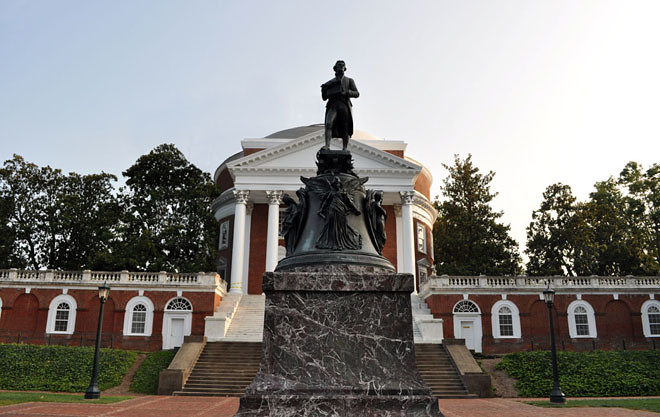



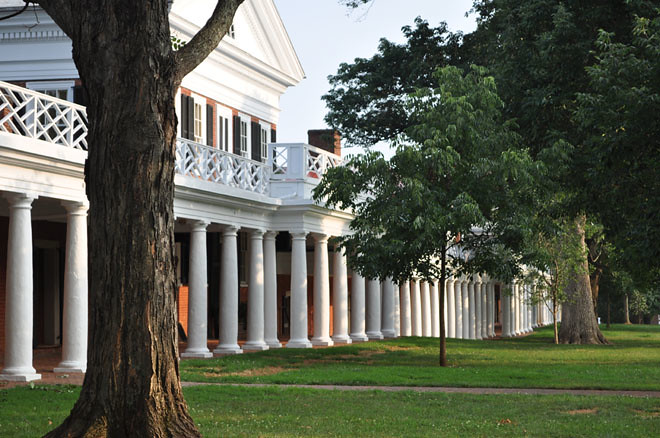

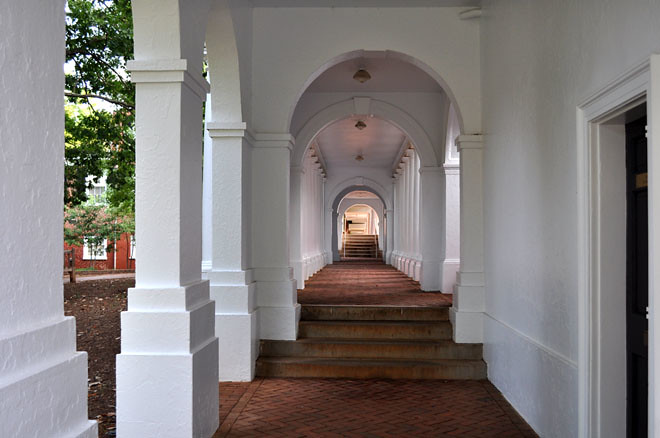

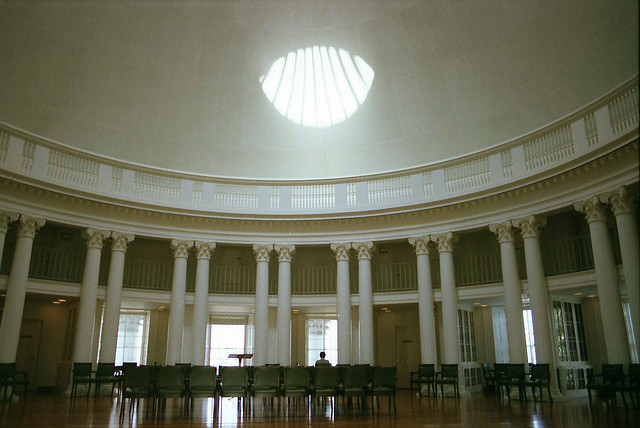
Tidak ada komentar:
Posting Komentar